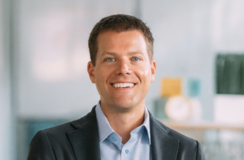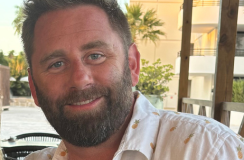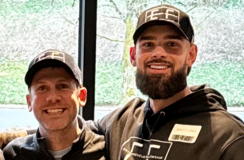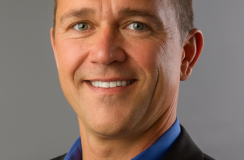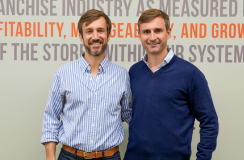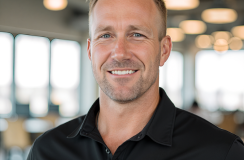aul Lemley and his investors recently acquired 15 websites, spending over $2m across three separate acquisitions.
If you need more evidence that websites have become an asset class, read on.
Paul Lemley had spent years in online media.
He had a friend from Spikeball who was working for a family office doing investments and business acquisitions.
When COVID hit, that family office turned its attention to digital assets.
“Their motivation was definitely there because acquiring in-person businesses, they just didn’t see the growth opportunity there.”
Paul had already been seeking investors to back a strategy where he would identify, acquire, and grow revenue-generating websites, while outside investors would provide the capital.
The timing was perfect.
Vision Meets Capital
Paul didn’t have capital himself for acquisition, but he had the expertise and vision.
So he and the investors agreed that he would source and operate the acquisitions.
He’d be paid a one-time commission on the deals, then also earn equity in the investments by running and growing them.
“Bringing in real operators to manage and grow an existing business, but giving them skin in the game, is a huge strategy that I think people should look into,” says Paul.
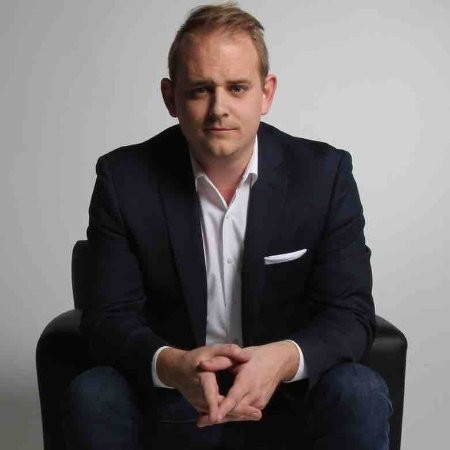
The Search
Paul’s vision for the investments wasn’t simply buy-and-hold.
He wanted to optimize the monetization of websites that were already generating strong traffic and revenue, just not to their full potential.
“There’s lots of different monetization opportunities when you have the audience,” explains Paul. “It’s just building that audience is the hard part.”
“So why not skip the building of the audience and acquire that audience.”
Paul worked with the leading names in the website brokerage world, including Quiet Light Brokerage and FE International.
“I love the guys at Quiet Light,” says Paul. “They were a mainstay in our search.”
Paul and his investors eventually made 3 acquisitions:
- One large portfolio of 12 affiliate sites. Paid over $2m. The flagship is RunnerClick, which ranks well for phrases like best running shoe of 2021.
- Two sites for about $100k.
- A single site for $80k.
The 12 sites were acquired in January 2021, and other three in February.
Start to finish, Paul's search took about 9 months.
In aggregate the sites receive between 5 and 6 million visits across the portfolio.
The two small acquisitions were meant to diversify niches and revenue models.
“The two-site acquisition was an entirely different model. It’s an ad arbitrage model, rather than affiliate,” he explains.
“This would round out a full portfolio and give us an increased diversity of niches and things to test.”

The Post-Acquisition Plan
Now that the sites are acquired, the work begins.
Paul’s ideas for growing revenue include:
- building stronger brands for the sites (which mostly rely on SEO now, versus direct visitors);
- layering in paid community; and
- launching e-commerce products.
RunnerClick will get a lot of his attention.
The site already has the makings of a strong brand, and it drives much of the portfolio’s revenue and traffic.
5 Takeaways
Website and digital asset acquisition is a popular path for acquisition entrepreneurs and investors in 2021.
Paul breaks down lessons from his process for the benefit of others interested in this strategy:
- Be clear on your investment thesis & strategy.
In the case of Paul and his investors, they wanted to acquire a large audience to use as a base for subsequent products and other acquisitions.
That meant they were clear-eyed when other tempting opportunities came along, like SaaS companies. While they saw a few attractive SaaS opportunities, those didn’t meet their criteria of having a large audience.
“If you don’t have that in the back of your mind the entire time, you’re going to be thrown off by really cool opportunities that come your way,” he explains. - See competition as a feature, and a way to sharpen your pitch to a potential seller.
Paul was competing against other buyers for the portfolio of 12 sites.
Rather than seeing the competition as lowering his chances of winning the deal, he saw it as an opportunity to position his offer attractively to the seller.
The seller had been working with his content & SEO team for years, and he wanted to see them stay with the business post-acquisition.
When Paul learned that detail, he stressed that indeed the team would remain intact if Paul acquired the business.
(Paul really wanted the team anyway. “I don’t think we would have acquired the full portfolio if they did not come along with it.”)
“Price is always going to be the top factor that a seller wants to focus on, but there are always additional factors that will contribute to putting you at the top of an acquisition market.”
Paul’s factor was to commit to keeping the team on post-acquisition, but other classic examples include fast due diligence, fast closing, attractive seller financing, retaining the seller as a consultant, and offering upside on profits post-acquisition. - Ask the seller: If you could write the script for this acquisition, what would you like to have happen?
“It’s an open-ended question,” explains Paul. “It allowed for the seller to ramble for a bit, and we just shut up and listened.”
It was precisely this question that led to Paul’s discovery that the seller wanted the team to stay with the sites.
The seller mentioned his team and how he’d been working with them for years.
“As soon as we heard ‘team’, a lightbulb in our heads turned on, and we were off to the races making sure that was part of the acquisition.” - Prepare as if an acquisition is inevitable.
“You’ve already decided you’re going to acquire something,” says Paul, “So why not prepare as though it’s going to happen 2, 3 months down the road, even if it ends up being 6 to 12.”
In particular, have people in place to execute on your plans for the acquired business.
Paul was inheriting the content team with the portfolio of websites, but his plans called for increasing the content output of those sites.
Which meant he would need more writers.
“It’s taken 5 months to get to 26 writers. And I think we could have done it in half the time had I been more prepared and started 3 months earlier.” - Maintain a good relationship with sellers and brokers.
It’s common advice, but Paul swears by it.
“Positioning yourself as a reputable buyer is really important. Especially if you’re going to play the long game with this.”
“Building and maintaining a relationship with the seller and the seller’s representatives can’t be overstated,” Paul insists.
“Now, the brokers are coming to us every week with new opportunities. It’s really cool to see what new businesses are available before they get shown to the public.”
How to Reach Paul
Paul is on Twitter at @palemley.
If you’re a runner, check out RunnerClick.com and join the pro community when it launches in a couple months.






%20-%20thumbnail.png)

.png)




%20-%20thumbnail.png)








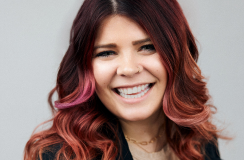
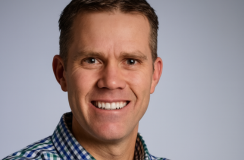

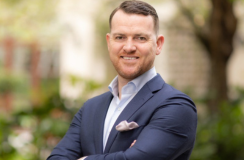



%20-%20thumbnail.png)


